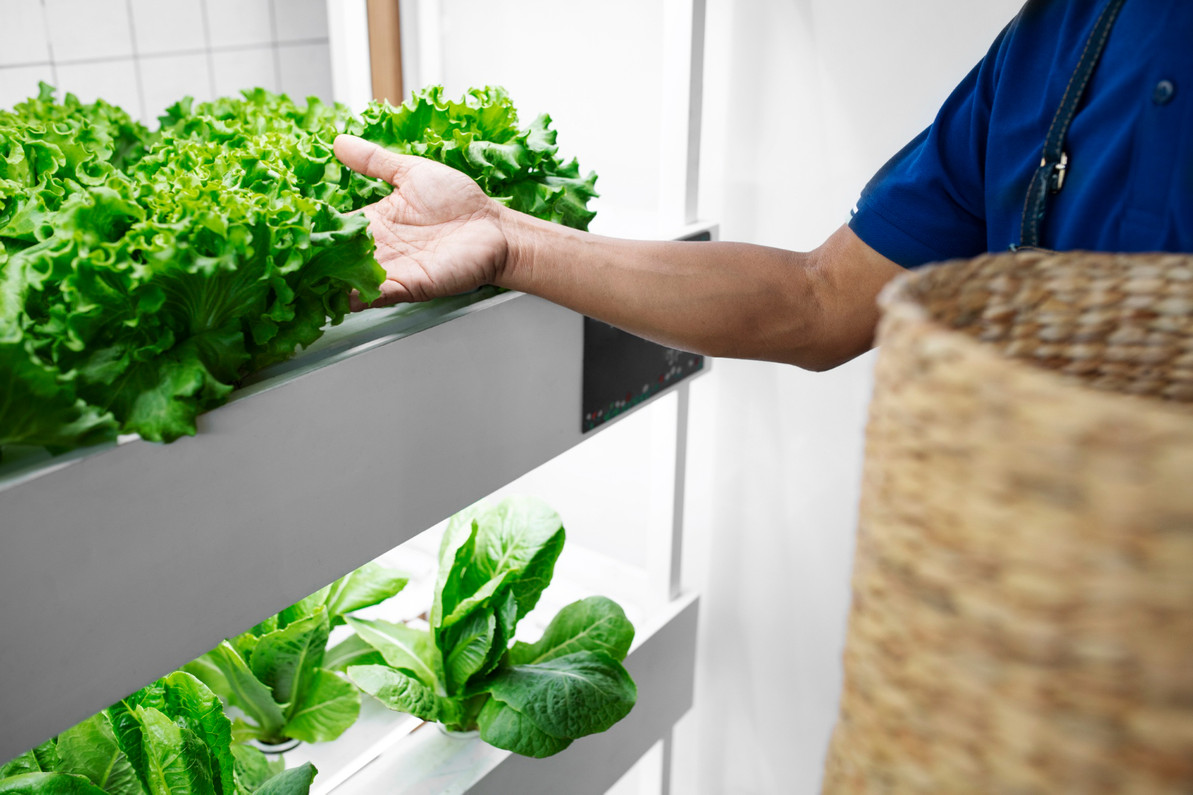How to Choose and Use Containers for Different Hydroponic Systems
Hydroponic gardening is a fascinating method of growing plants without soil, emphasizing water and nutrients. As more people explore this eco-friendly approach, it becomes essential to choose the right tools and equipment to ensure healthy plant growth. Containers play a pivotal role in different hydroponic systems, impacting how plants absorb water and nutrients. Just like picking the right shoes helps you comfortably explore your environment, selecting the appropriate containers can set the stage for a successful gardening venture.
Using suitable containers brings several benefits, including improved root health and efficient water usage. With the rising interest in hydroponics, understanding which containers work best with various systems can lead to more flourishing growth. Whether you're an experienced gardener or just starting out, learning about container options is key to maximizing the potential of your hydroponic system.
Understanding Different Hydroponic Systems
In the diverse world of hydroponics, several systems offer unique approaches to plant cultivation. Each system differs in how it delivers nutrients and water to the plants, and this affects container requirements.
Deep Water Culture (DWC) is one of the simplest systems, where plant roots are suspended in oxygen-rich, nutrient-filled water. This setup requires containers that are sturdy and can support the plant while allowing roots to float freely in the nutrient solution.
The Nutrient Film Technique (NFT) uses a thin film of nutrient solution that flows continuously over plant roots. This system needs shallow, slanting containers that ensure a consistent flow of nutrients without waterlogging.
Ebb and Flow systems work by periodically flooding the grow area with nutrient-rich water and then draining it away. Containers for this system should accommodate water flow and provide good drainage to prevent roots from sitting in water too long.
Each hydroponic system has distinct characteristics, and choosing the appropriate containers for each is necessary for optimizing plant health. By understanding these systems and their container needs, you can create both an efficient and effective gardening environment.
Criteria for Choosing Containers
Selecting the right containers involves considering several key factors:
- Material: Containers come in various materials like plastic, fabric, and net pots. Plastic is durable and retains moisture well, while fabric offers good aeration, preventing root circling. Net pots are excellent for systems like NFT, allowing direct exposure of roots to the nutrient film.
- Size and Shape: The dimensions of the container are crucial. Small containers might restrict root growth while too large can lead to wasted nutrients. Assess your plant species and the hydroponic system to find the right balance.
- Aeration and Drainage: Ensuring that containers offer adequate aeration and drainage is vital. Aeration helps roots breathe, and proper drainage prevents overwatering and root rot.
Choosing containers involves weighing these considerations to match the specific needs of your plants and hydroponic system. By doing so, you lay a strong foundation for a thriving garden, helping your plants to develop robust roots and achieve optimal growth.
How to Use Containers in Different Systems
When stepping into different hydroponic systems, knowing how to use containers properly can make a big difference. Let’s begin with Deep Water Culture (DWC). In DWC, you'll want containers that can easily keep the plant steady while its roots dangle freely in the water. The roots should reach into the oxygen-rich solution. Choose containers that are deep enough to hold the plant and wide enough to ensure stability. Pair these containers with air stones or diffusers to keep the water oxygenated, which is a must for healthy root systems.
Moving on to the Nutrient Film Technique (NFT), containers should be shallow and slightly tilted to maintain a thin film of nutrients flowing over the roots. Net pots are a fantastic option here because they let roots spread out and catch the trickling nutrients effectively. Make sure the container channels the nutrients across all the roots. This constant flow helps ensure that roots receive a steady supply of what they need and don't dry out or waterlog.
Lastly, Ebb and Flow systems require containers that can handle a periodic flood and drain cycle. Look for containers with adequate drainage holes to quickly release water after each flood cycle. It's crucial to arrange these containers so water reaches every plant evenly, avoiding any dry spots. Regular adjustments might be needed to distribute the water evenly, which keeps all the plants hydrated and nourished.
Maintaining Your Containers
Keeping your containers in top shape is just as important as picking the right ones. Routine maintenance can ensure they last longer and work efficiently. A good practice is to regularly clean and sterilize containers. Doing this helps to prevent disease and bacteria build-up, which could harm your plants. Use a gentle cleaning solution and scrub the containers to remove any residue or mineral deposits.
- Inspection: Regular checks help spot issues like cracks or root blockages. Look for signs of wear and tear, which could lead to leaks or inefficient nutrient delivery.
- Root Care: Plants with well-maintained roots thrive better. Trim roots that become too long or tangled to keep the plants healthy and ensure container space isn’t overwhelmed.
- Routine: Stick to a regular schedule for cleaning and checking containers. Frequent upkeep not only extends the life of your containers but also promotes a successful growing environment.
Creating a Thriving Hydroponic Garden
Choosing and maintaining the right containers sets the stage for a flourishing hydroponic garden. Understanding how each system works and what it demands from your containers will help you make informed choices. Experimenting with different setups and making adjustments can lead to finding the perfect match for your plants.
With some patience and experimentation, you can create a thriving sanctuary for your plants. Deciding wisely on containers could mean the difference between a good and excellent harvest. So invest time in picking and maintaining your containers, and watch your hydroponic garden grow healthy and strong.
If you're aiming for healthier, faster-growing plants, understanding how to choose and maintain the right setup can make all the difference. Explore high-quality containers from Shore Grow to support your hydroponic goals and keep your system running smoothly from root to harvest.
Recent Posts
-
Battling Tough Pests: Effective Pest Control Tactics
Dealing with pests is a regular challenge for cannabis growers. From aphids to spider mites, these t …Dec 5th 2025 -
Selecting and Setting Up Grow Tents for Year-Round Growth
For anyone thinking about growing cannabis year-round, having the right setup is key to achieving gr …Dec 5th 2025 -
Advanced Propagation Techniques for Seasoned Growers
For seasoned cannabis growers, mastering the art of propagation unlocks the full potential of your g …Dec 5th 2025




